The one website about trees and shrubs that everyone needs to know about
'Trees and Shrubs Hardy in the British Isles' has been digitised, making one of gardening's most important works free and at your fingertips.


Sometimes, it is difficult to remember how we functioned before the internet took over the way we garden. Google the name of a plant today and, 10 seconds later, you know how to grow it and where to buy it. If you do not know its name? Google a picture and up comes its name in both Latin and English. Life for gardeners today is much easier than it used to be.
I was interested in gardening from a very early age. My pocket money was spent on seeds from Woolworths and the cash that decent uncles sent me for my birthday was splurged on tulip and daffodil bulbs. My parents and grandparents were shrub-gardeners — we had herbaceous borders, an orchard and a kitchen garden from which the gardeners seldom emerged — but ornamental trees and shrubs furnished the five-acre woodland garden where we tended to walk.
By the time I went to prep school, I knew the names of perhaps 100 magnolias, rhododendrons, azaleas and camellias. When I acquired my own first house — a modest three-bedroom cottage with no more than one acre of greensand — I naturally turned to trees and shrubs to furnish the garden.
Garden centres were few and their stock was limited. We looked to traditional nurseries for interesting plants, which meant writing off for their lists and enclosing stamps to cover the postage. Postal orders were required if the nursery catalogue was not merely a list of names and prices, but a source of information, with detailed descriptions, perhaps even photographs, of what it offered. That was how we built up our knowledge; we read the catalogues carefully and sent off orders for plants that were delivered for planting the following autumn.
There were books, of course, and one of the best for shrub-gardeners was a fat, green paper-back called Hilliers’ Manual of Trees & Shrubs. Members of the International Dendrology Society (IDS) carried it everywhere on the society’s excellent tours. Some still do. For keen collectors of trees and shrubs, however, there was nothing to compare with the wisdom and experience expounded in ‘Bean’, a massive masterpiece compiled by William Jackson Bean, curator of Kew, and first published in 1914 as Trees and Shrubs Hardy in the British Isles. The eighth and last edition of ‘Bean’ was published in four volumes from 1970 onwards.
There were such long publication gaps between the individual volumes that the first was given to me by my grandmother, the second by my father, the third by my wife and the fourth by my children. All four volumes are heavily annotated with my own marginalia and comments on what I have seen over the decades.
'There is nothing to match it on the whole world wide web. And it’s free'
Bean’s masterpiece is exactly the sort of publication that the internet has rendered redundant. However, the wisdom built up by generations of editors over the past 100 years has now been preserved by the IDS, which has acquired the copyright and put the entire work online.
Exquisite houses, the beauty of Nature, and how to get the most from your life, straight to your inbox.
What’s more, the society has embarked on the task of updating every description and adding thousands of new entries for plants that have emerged since the 1970s. This is inevitably slow work and expensive, too, but the solution has been to ask keen and knowledgeable plantsmen to sponsor a genus or a group of plants and then to employ top-notch botanists and horticulturists to pull together all the available research, knowledge and expertise, old and new.
The ebullient editor-in-chief is John Grimshaw, a botanist and horticulturist who combines his work on Trees and Shrubs Online with editing Curtis’s Botanical Magazine for Kew. His deputy, Tom Christian, has travelled the world in pursuit of trees and shrubs and is a long-term guarantee of the continued excellence of the IDS’s work. Updates of nearly 200 genera have already been completed, from Abelia, Abies and Acer through to Zelkova, Zenobia and Ziziphus.
Earlier this year, the IDS uploaded a major revision of Bean’s entry on hydrangeas. Everyone knows about hydrangeas and many of us have grown them in our gardens, but much has happened since the last printed edition of Bean, which devoted no more than 20 pages to this ‘small genus’ in 1983.
The IDS is adamant that its new account of Hydrangea is the most important ever. The PR blurb says — correctly — that it describes ‘73 species, nine lower taxa and over 570 of the most important cultivars, all illustrated by over 1,300 images’. Yet that is an understatement. Have a look and then reflect that the intention is to treat every tree and shrub that is hardy in the British Isles in the same degree of detail. There is nothing to match it on the whole world wide web. And it’s free.
Charles Quest-Ritson’s book The Olive Tree (Ediciones El Viso, £50) is out now
Charles Quest-Ritson is a historian and writer about plants and gardens. His books include The English Garden: A Social History; Gardens of Europe; and Ninfa: The Most Romantic Garden in the World. He is a great enthusiast for roses — he wrote the RHS Encyclopedia of Roses jointly with his wife Brigid and spent five years writing his definitive Climbing Roses of the World (descriptions of 1,6oo varieties!). Food is another passion: he was the first Englishman to qualify as an olive oil taster in accordance with EU norms. He has lectured in five languages and in all six continents except Antarctica, where he missed his chance when his son-in-law was Governor of the Falkland Islands.
-
 The Glovebox: Return of the Bentley Supersports, the ultimate rural Range Rover and the car collection fit for The King
The Glovebox: Return of the Bentley Supersports, the ultimate rural Range Rover and the car collection fit for The KingA century after it was the first Bentley to top 100mph, the Supersports is back and looking better than ever.
-
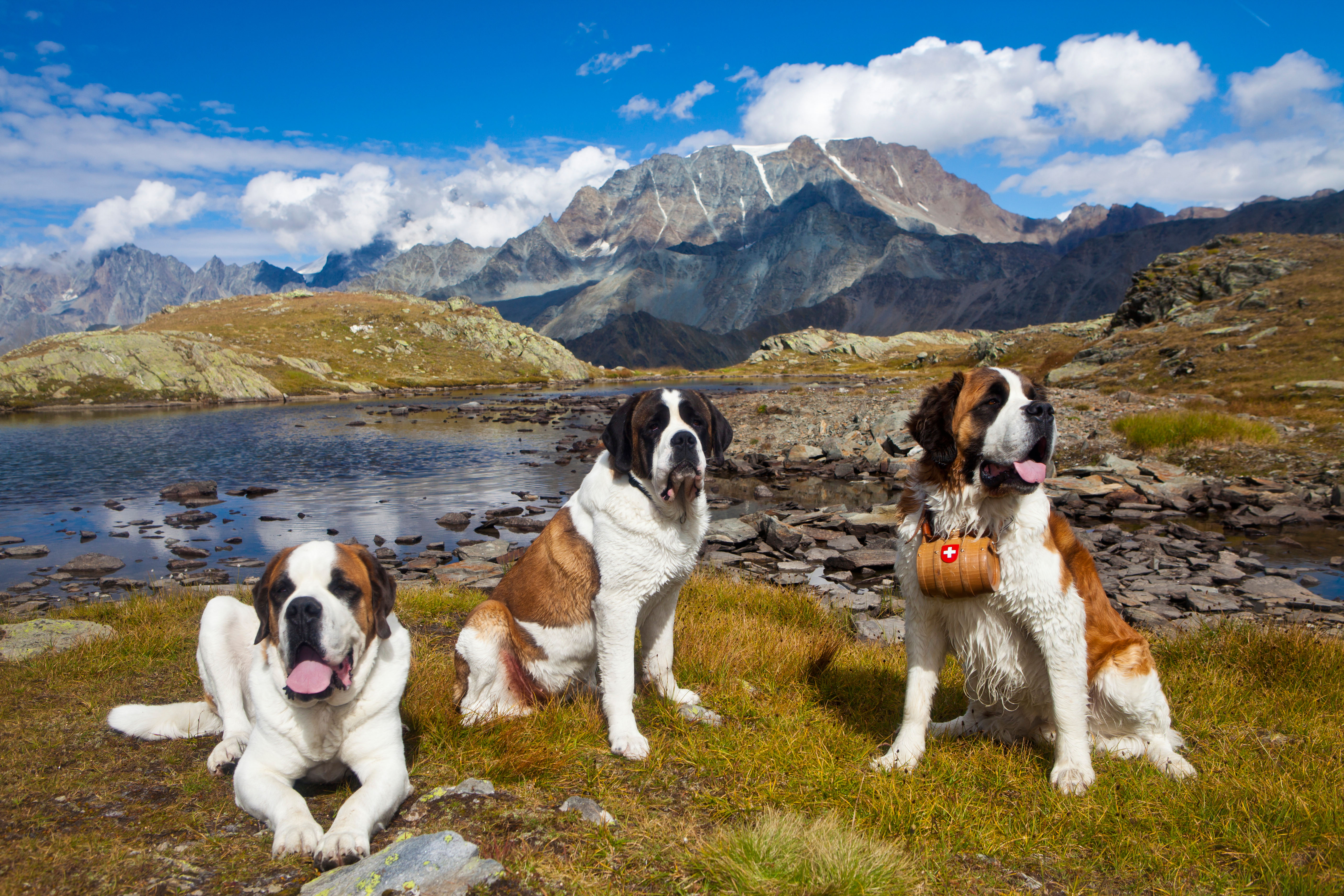 The Alpine rescue dog built for blizzards, bred by monks
The Alpine rescue dog built for blizzards, bred by monksAs snow fell across the UK this week, I found myself day-dreaming of St Bernards striding through the Alps — a snow-day dog worth celebrating.
-
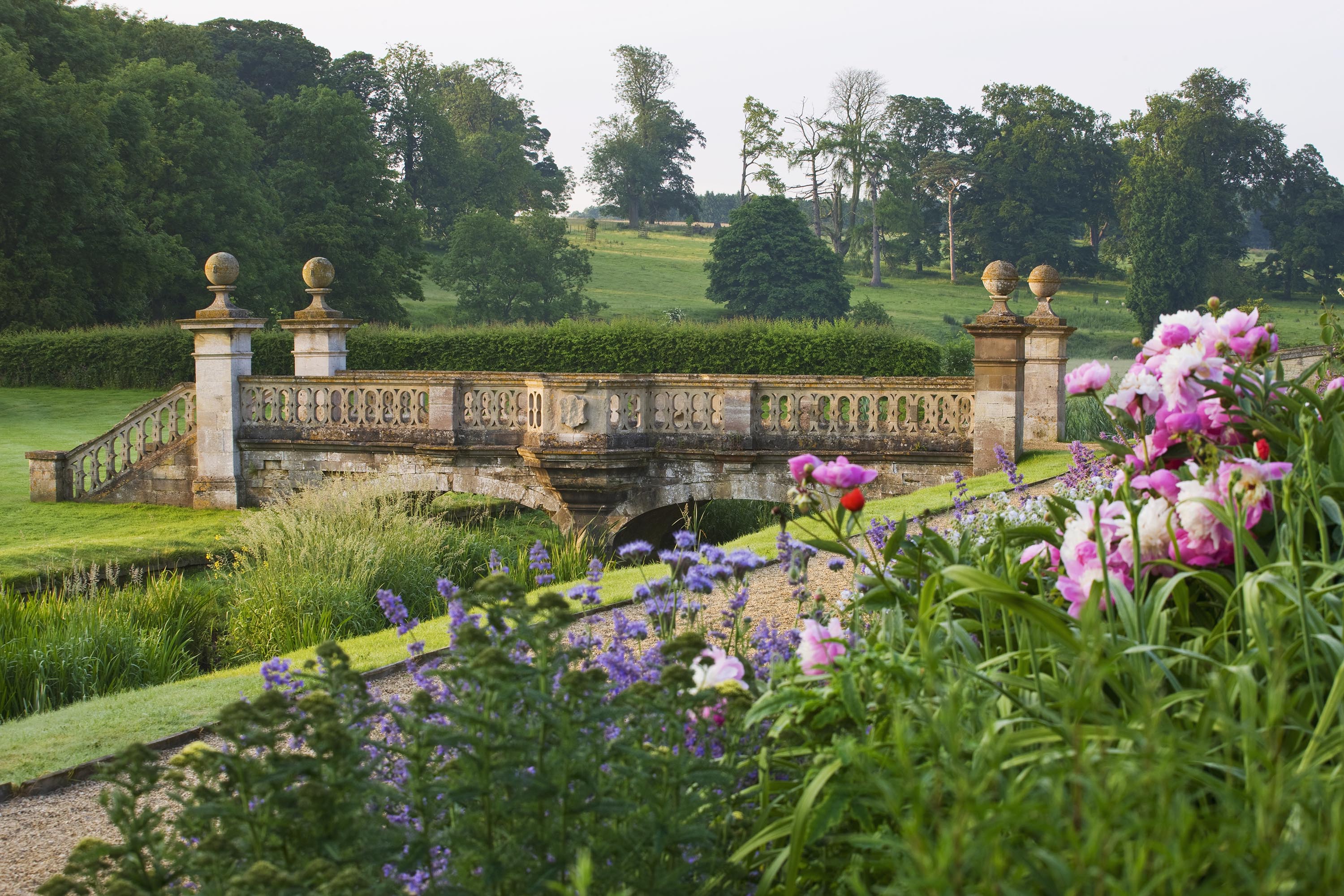 'A dream of Nirvana... almost too good to be true': The sweet peas of Easton Walled Gardens, and how you can replicate their success at home
'A dream of Nirvana... almost too good to be true': The sweet peas of Easton Walled Gardens, and how you can replicate their success at homeUrsula Cholmeley, who has spent 25 years restoring Easton Walled Gardens, recommends sowing sweet peas now for stronger plants that will better withstand the weather.
-
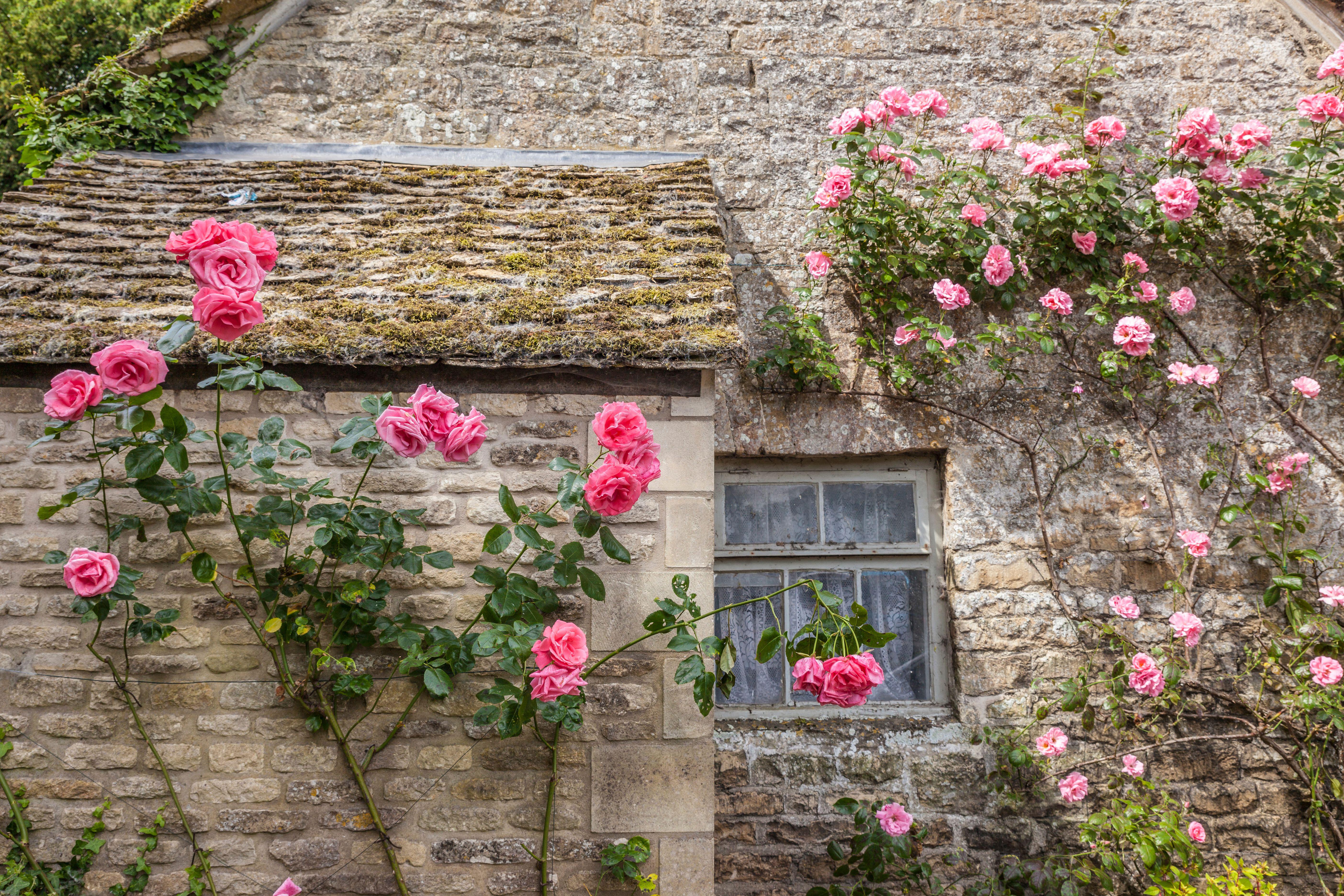 Bare roots: How to find the perfect rose and how to plant it
Bare roots: How to find the perfect rose and how to plant itTabi Jackson Gee moved to a cottage in Wiltshire, and went about finding the perfect rose to bring light and colour to the garden.
-
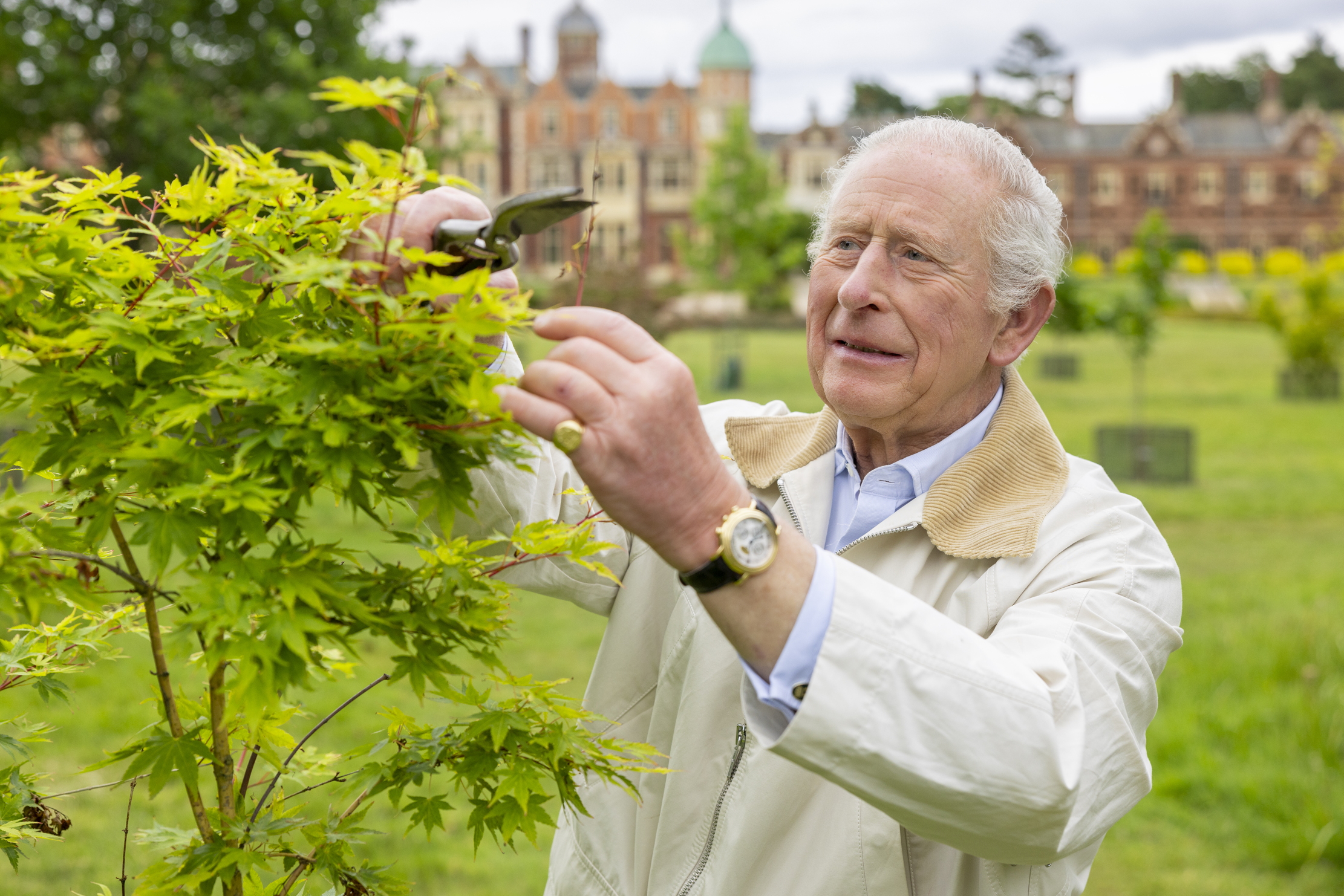 A royal success: The King's gardens at Sandringham
A royal success: The King's gardens at SandringhamIn only three years, The King has overseen a remarkable resurrection of the gardens and parkland at Sandringham. Charles Quest-Ritson visits
-
 The trees that are as fine to eat as they are to look at
The trees that are as fine to eat as they are to look atMark Diacono doesn't grow many trees for the sake of the bounty they provide — but these are the notable exceptions.
-
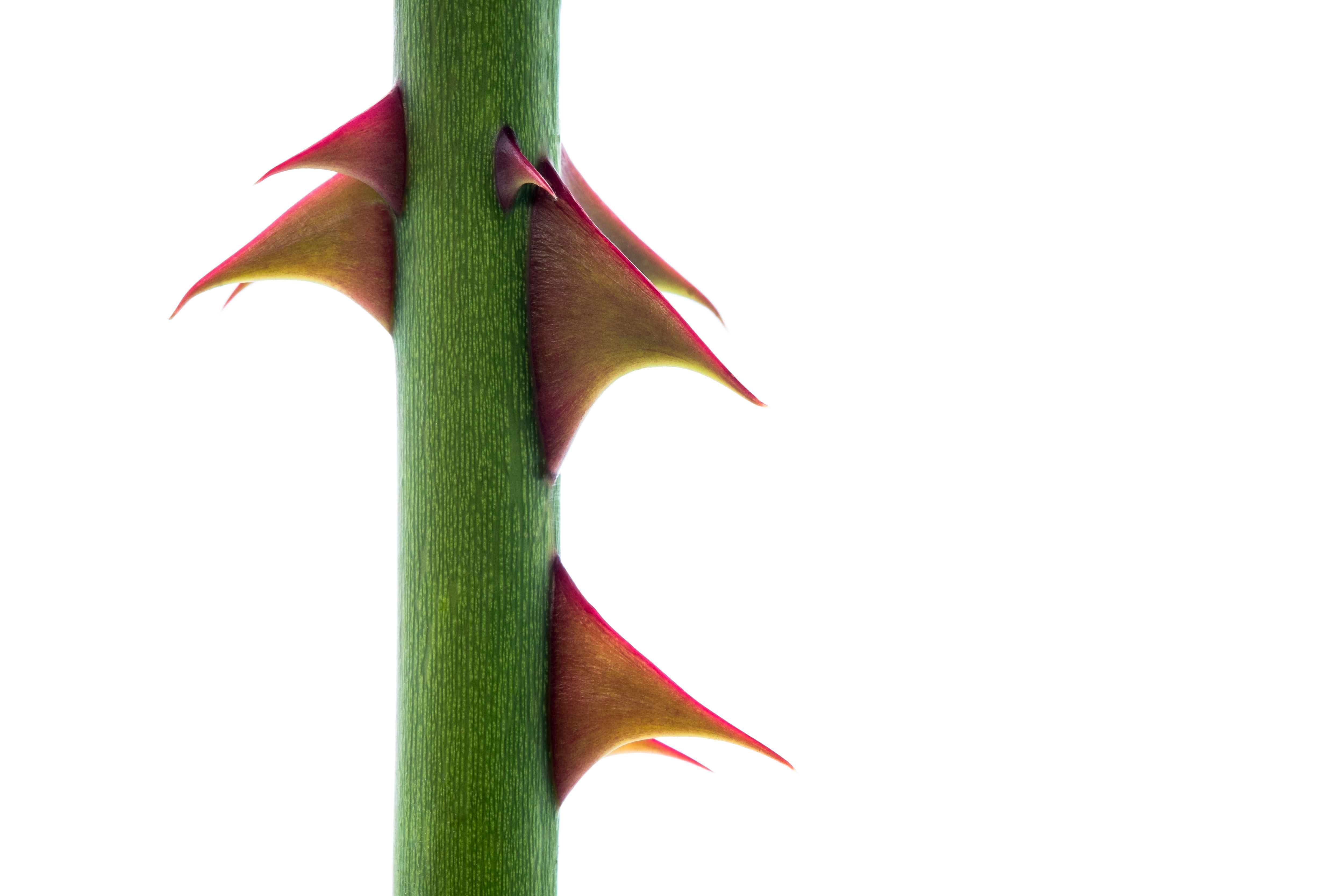 Bothered by brambles and snagged by sow thistles, but what is the point of all this thorny microaggression?
Bothered by brambles and snagged by sow thistles, but what is the point of all this thorny microaggression?Nature’s spiky deterrents — thorns, spines and prickles — may be quick to catch us out, but they can also prove to be a useful ally.
-
 The Tuscan gardens where the English and Italian traditions come together, and Yorkshire rhubarb grows happily beside spectacular citrus
The Tuscan gardens where the English and Italian traditions come together, and Yorkshire rhubarb grows happily beside spectacular citrusNick Dakin-Elliot, who gardens in Tuscany, is still moved by the Italian hilltop gardens that command some of the most beautiful views in the world.
-
 'My family wore wool at a time when everyone else had cast it off in favour of manmade fabrics': The knitwear pioneer who is one of David Beckham's countryside champions
'My family wore wool at a time when everyone else had cast it off in favour of manmade fabrics': The knitwear pioneer who is one of David Beckham's countryside championsJulie Harding speaks to Rachel Carvell-Spedding the founder of British knitwear brand Navygrey, and one of David Beckham's countryside champions.
-
 James Alexander-Sinclair: Making a new garden for someone is 'thrilling', but we need more sensitive and skilled gardeners to look after them
James Alexander-Sinclair: Making a new garden for someone is 'thrilling', but we need more sensitive and skilled gardeners to look after themPay your gardeners properly, says James Alexander-Sinclair as, without them, you will have no garden.
